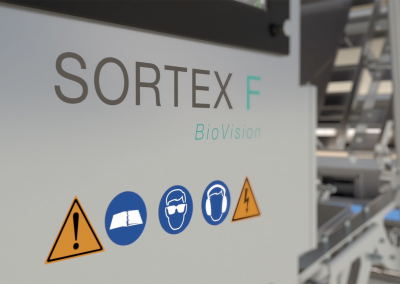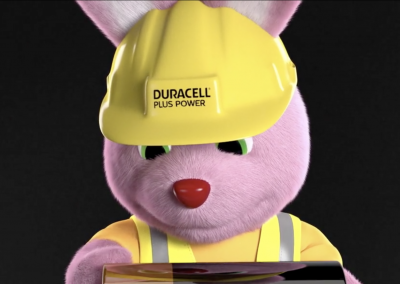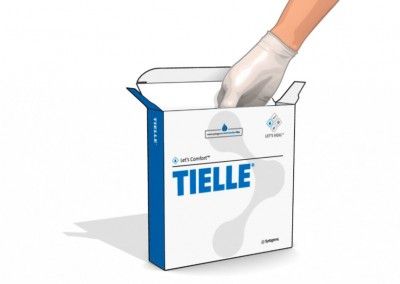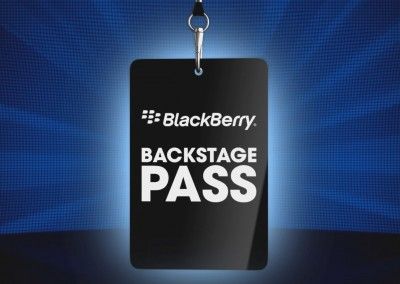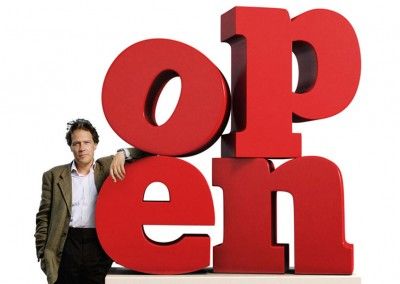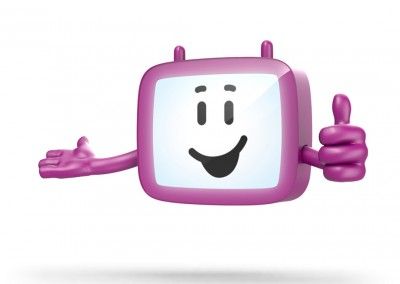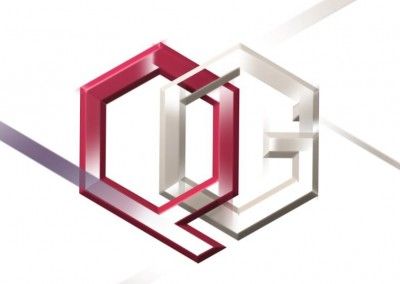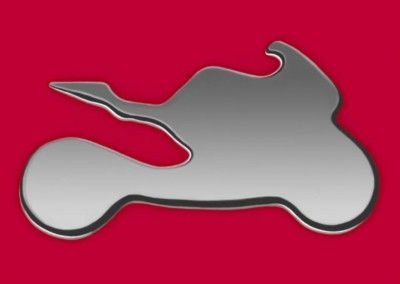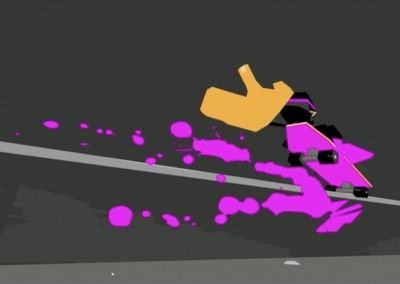Bigman Interviews – RealtimeBoard
Animation and CGI work is an extremely collaborative process that involves a lot of back and forth between our team and our clients. We found that our email chains were becoming unmanageable and inefficient, we needed a new, more visual way of doing things. That’s when we discovered RealtimeBoard.
RealtimeBoard completely revolutionised our workflow and is a product we are really passionate about. You can find out more about how we use it and some of our favourite features here. We got to chat with the Head of Product, Anna Boyarkina, about how their idea came about and the future of the company.

Where is the RealtimeBoard team based?
Realtimeboard is a distributed team (Europe and the US) with a head office, located in Las Vegas, United States.
What motivated the creation of RealtimeBoard?
We started in 2011 with a small group of enthusiasts, made up of design lovers, programming addicts and native collaborators. The background of the founders includes advertising, project and event management. Analysing both our company demands and the experience our colleagues had from the web, advertising, events and publishing, we found that there was no simple solution for creatives to collaborate remotely. We were dreaming about an ideal world without endless e-mail chains, weighty attachments, damageable handmade mood boards — we were dreaming about limitless real-time collaboration! The idea of an endless online whiteboard was so necessary and applicable that almost the whole team became obsessed — it could help people, and we loved it for this!
How old is RealtimeBoard now?
RealtimeBoard is five years old, although the product was totally rebuilt in 2015 with HTML5. It got a new design and some awesome features, so RealtimeBoard as we know it now is less than a year old.

We love the simplicity and usability of RealtimeBoard, did that come easily or has it been a struggle to balance features and functionality?
Simplicity is our philosophy, and it’s the core of our product strategy, but, of course, simplicity is hard to achieve and it requires some practice. There is a brilliant article by Intercom Co-founder Des Traynor “Product Strategy Is About Saying No”, which inspired the approach we follow. We correlated our product development with the balance of Metrics, Vision, Empathy and Customer feedback. Each time we discuss a feature or setting priorities we answer the following questions:
- Will it positively influence product metrics?
- Does it correlate with the vision and company roadmap?
- Do we think it’s necessary (question to the team)?
- Is it something that gets requested a lot?
- Will it make a better product?
- Will it serve all the users?
- If we don’t implement it, will our customers leave?

Did you ever imagine your tool would be used by such a wide range of companies and do any of your customer’s uses surprise you?
Show me a Product Manager who is not dreaming about product popularity! And it’s not just a dream – it’s a strategy. Our team worked hard to discover the market needs and develop a roadmap that will cover the niche. The only category that was new for us was probably Agile planning, although there are titans like the Atlassian and Trello apps, teams really enjoy to work using old-school stickers with all the benefits of the cloud.
What can tell us about the challenges and design issues you’ve faced developing the upcoming mobile version and ensuring it will support smaller touch screens?
We are in the process of development now, and it’s true that it’s a challenge to keep the balance between functionality, user experience and overall look and feel on smaller screens. Today we are doing a lot of research to understand what features are essential for mobile and what are only a must for the desktop version.

Will there be any more features aimed specifically at creative content creators in industries like ours?
We are planning to add a phone version this year (it’s too early to talk about specific features, but we’ll provide basic access from smartphones). We’re also planning to update some tools and libraries to make visual collaboration smoother. And, of course, we are always open to our customers’ feedback and are happy to improve the product for them.
We use RealtimeBoard to assign our team jobs and communicate about tasks, but use separate project management tools to track jobs. Would RealtimeBoard benefit from project management features?
RealtimeBoard has been designed for ideation, creating concepts, processes, different kinds of “thinking” and visual communication more than for execution, but we see now that there is a need for some task tracking possibilities. We are currently working on a better notification system and future developments.

We have an ’email sucks’ company culture and RealtimeBoard has played a big part in reducing our email usage. Do you think it would it be possible to further reduce our inboxes or will there always be a need for email?
Thumbs up for your corporate culture! We also support the idea “the fewer emails, the better”, but let’s not mix up collaboration and communication functions. It’s like you eat with a spoon and clean your teeth with a brush — ideally, each function requires a special tool. Communication is a part, but not a major function of RealtimeBoard. I guess that modern messenger tools will somehow replace email for communication but email will still be necessary for some tasks. For example, we do not use emails within our company, replacing it with Slack and RealtimeBoard. However, emails become essential when we want to communicate with people from the outside world. Also, if an employee has missed something in RealtimeBoard – notifications in the inbox can save the situation.
What is next for RealtimeBoard?
We are building a platform for visual collaboration where those companies who make creative or digital products will be able to collaborate easily across the globe. So the next step is to provide access to all devices and integrate deeper with the other products used daily by teams all over the world.
For us this platform is the best way to collaborate efficiently on creative projects and we can’t to see the future of RealtimeBoard and the exciting features they have lined up to improve their service.
Find out more about what RealtimeBoard has to offer here.
All images are courtesy of RealtimeBoard.






